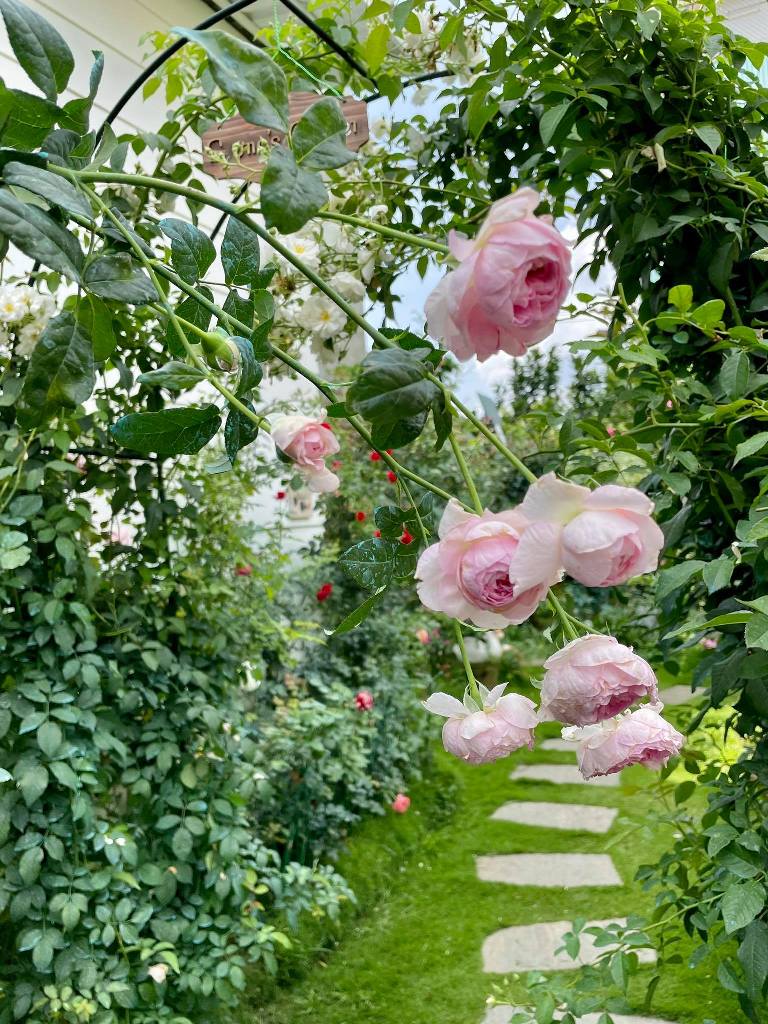Strategies for Rising Peppers | Yard Gate
By:
Niki Jabbour
Strategies to develop peppers
It doesn’t matter do you have to need the sweet crunch of a bell pepper or the fiery heat of a habanero, you’ll uncover rising your private peppers is simple and rewarding. Every sweet and scorching peppers develop on crops which may be productive, however as well as gorgeous with shiny fruits in numerous shapes, sizes and colors.
Pepper (Potatoes)
When to plant seedlings: In late spring when soil temperatures are on the very least 65 ranges F
Light: Full photo voltaic
When to reap: When the fruits are the mature measurement and desired color, 80 to 100 days from transplanting
Yields: Sweet bell peppers produce 5 to 10 fruits per plant, scorching peppers can produce 20 to 40 fruits per plant
Points Bacterial leaf spot, blossom end rot, sunscald
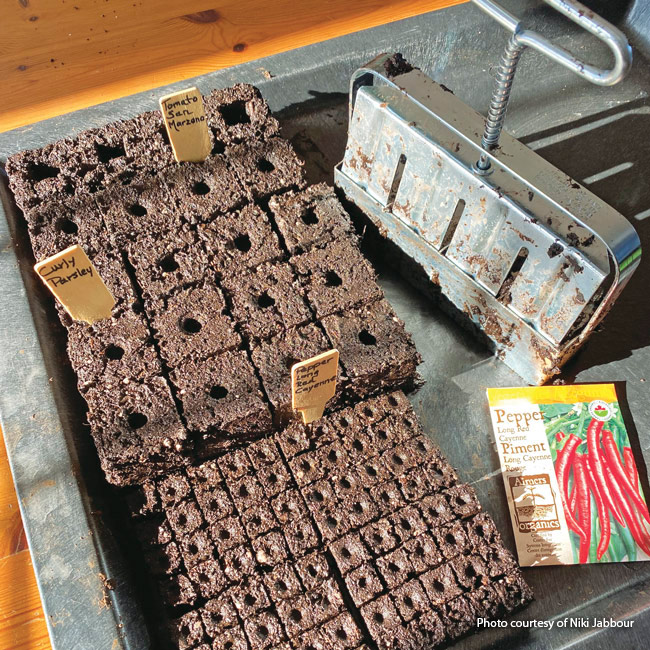
Get started with planting peppers
Peppers are a heat- and sun-loving vegetable and want a protracted rising season to mature. Because of this, they’re normally grown from seeds started indoors or purchased as transplants from yard services in late spring.
Many gardeners need to start out out their very personal seeds because of it gives them so many further choice selections. You don’t need an unlimited yard to develop peppers. Whereas some plant them in raised beds, you might also develop them in pots and materials planters on a sunny once more deck. Select a pot on the very least 12 inches all through or flip an outdated 5-gallon bucket proper right into a pepper pot (merely you will wish to add drainage holes to the underside).
You May Moreover Like:
Calculate How Many Greens to Plant
Watch our Vegetable Assortment on YouTube
Succession Planting Strategies
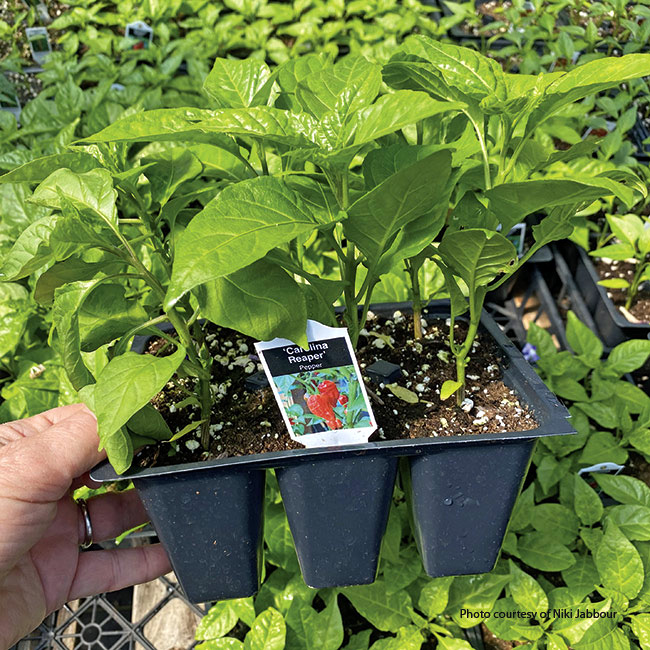
Strategies for rising peppers
Peppers aren’t troublesome to develop and may thrive when given a great deal of photo voltaic, fertile soil and fixed moisture. In case you meet their desires, by mid- to late summer time season you’ll be having enjoyable with a peck of homegrown sweet and scorching peppers.
Strategies to start pepper seeds indoors
In case you’ll be starting from seed, it’s very important to sow pepper seeds indoors on the correct time. For sweet and scorching peppers, that’s 8 weeks sooner than the ultimate spring frost date. Plant superhot peppers, like Carolina Reaper, 10 weeks sooner than the frost date to account for his or her slower seed germination and growth costs.
Current pepper seedlings with heat and lightweight
While you’ve obtained a heated seedling mat, place the pots or trays on prime of it to increase soil temperature. Warmth soil quickens sprouting and likewise will enhance germination costs. When about half of the seedlings have emerged, take away the mat.
To develop sturdy and stocky, pepper seedlings need on the very least 16 hours of sunshine on daily basis. You need to use an LED develop light, turning it on and off with an affordable timer. Keep the rising medium calmly moist and as quickly because the true leaves emerge, fertilize pepper seedlings with a diluted liquid pure fertilizer every 10 to 14 days.
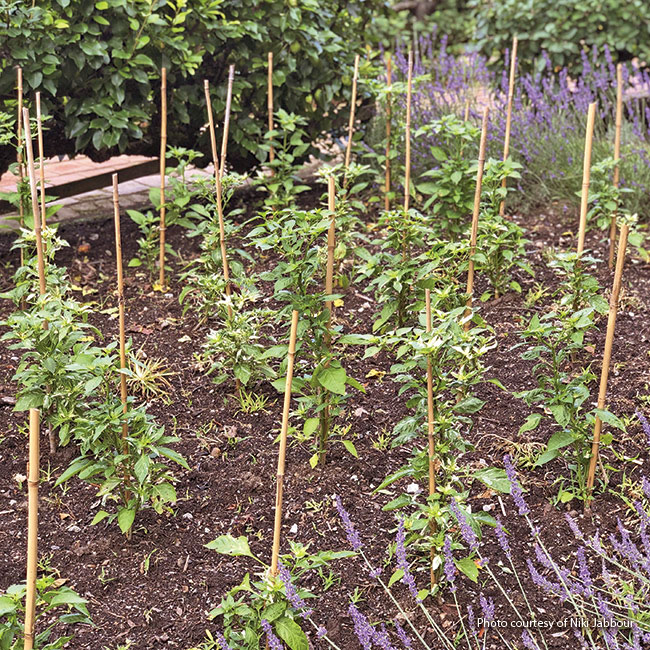
Transplant and stake your pepper seedlings
After the ultimate anticipated frost date, progressively acclimate seedlings to outdoors temperatures, then plant them inside the yard. Peppers desire a website online with 8 to 10 hours of direct photo voltaic on daily basis. As well as they need well-draining, fertile soil with a pH spherical 6.5. I work a slow-release pure vegetable fertilizer into the soil at planting time.
Pepper plant spacing
Home crops 12 to 18 inches apart in rows spaced 2 to 3 toes apart. Use a stake or tomato cage to take care of crops upright, improve air flow into and reduce the hazard of plant harm in windy local weather.
You May Moreover Like
6 Peppers to Attempt
8 Vegetable Yard Errors to Stay away from
Residence Cures for Fungal Illnesses inside the Yard
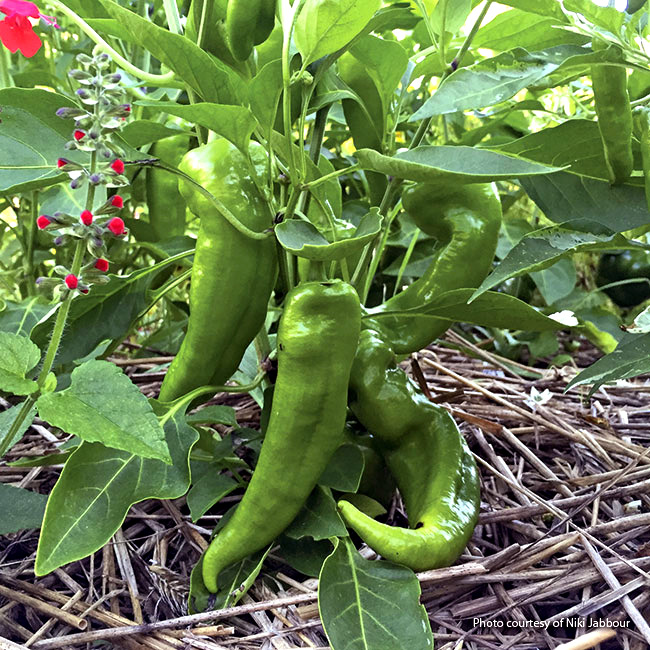
Water and fertilize your pepper plantings
Top-of-the-line methods to find out if it’s time to water is to remain your finger into the soil. If it’s dry 2 inches down, seize your hose and water the soil, not the plant. Potted peppers will should be watered further normally than in-ground crops.
Fixed moisture is important. Water-stressed peppers are susceptible to blossom end rot, which reveals up as leathery darkish patches on the bottoms of the fruits. Mulch the soil spherical your peppers to retain soil moisture. Just a few month after planting you possibly can start to fertilize pepper crops every 2 to 3 weeks with a liquid pure fish and seaweed fertilizer. It doesn’t odor so good, nonetheless it does help assure a great deal of peppers!
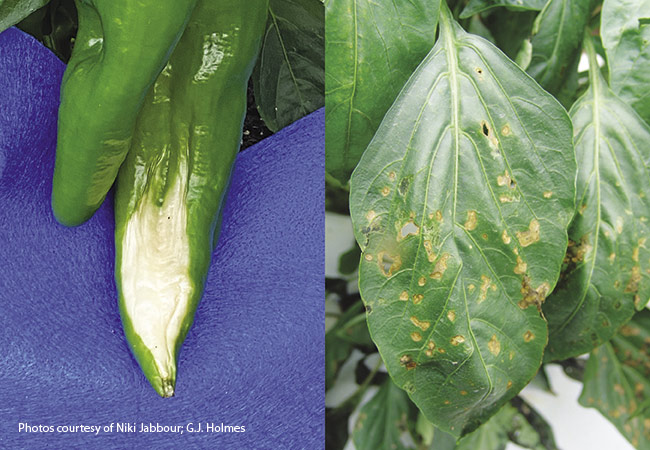
Widespread pepper points
Together with the identical outdated insect pests in a vegetable yard, listed under are a few points explicit to peppers:
Blossom drop
It’s irritating when pepper flowers fall off as a substitute of ripening into delicious fruits. Overwatering, cool night time time temperatures and daytime temperatures over 90 ranges F are all potential causes for blossom drop. If extreme temperatures are the issue, float a shade materials on hoops over crops until the heat passes.
Sunscald
Sunscald is introduced on by the sudden publicity of youthful fruits to the photo voltaic. It first appears as white to brown papery patches corresponding to you see above and shortly the pepper begins to rot. It’s commonplace when a plant has misplaced leaves ensuing from a foliar sickness.
Bacterial leaf spot
This devastating sickness causes leaf loss and stunted or deformed fruits. If it’s been a problem so far, plant resistant pepper varieties, observe crop rotation, and space crops far adequate apart to verify good air flow into to avoid bacterial leaf spot.
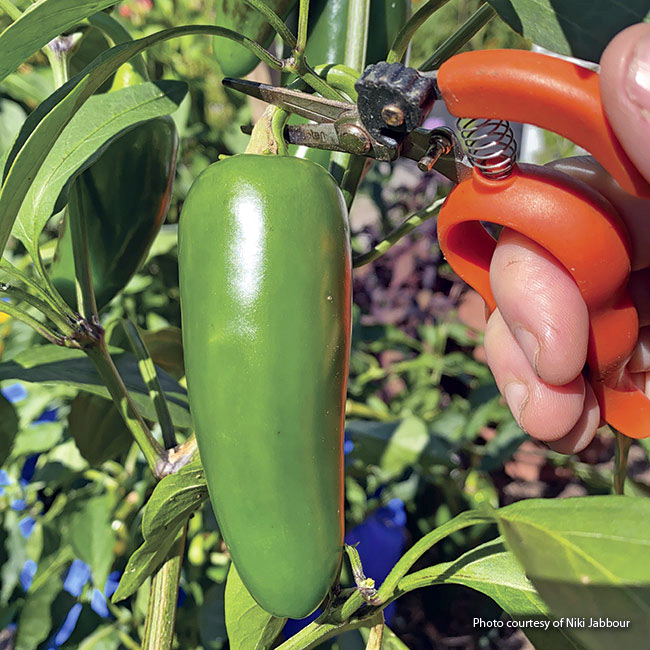
Strategies to reap and defend your pepper crop
A homegrown pepper harvest begins about two months after transplanting and shortly you can be selecting sweet and scorching peppers day-after-day. Sweet peppers are ready to pick as soon as they attain their mature measurement and color. In case you need, you’ll harvest sweet peppers when inexperienced, nonetheless some need them to be completely ripe and great sweet.
Pepper harvesting concepts
Harvest scorching peppers as soon as they attain their full measurement. Some, like jalapeños are picked when nonetheless inexperienced, whereas others, like cayennes are harvested when completely ripe and pink. Check your seed packet for explicit advice. It’s biggest to clip ripe peppers from the crops using yard snips or pruners. Don’t yank or tug the fruits, as this may occasionally harm the branches or knock off immature fruits nonetheless on the plant.
Strategies to guard your pepper harvest
Counting on the kind, surplus peppers will likely be dehydrated, pickled, frozen or was a fiery scorching sauce. Some want to dehydrate cayenne peppers, grinding them into scorching pepper flakes. Jalapeno and sweet peppers are washed, chopped, bagged and tossed inside the freezer for winter meals.
You May Moreover Like
Be taught Additional Articles by Niki Jabbour
Maximize Vegetable Harvest with Succession Planting
Favorite Greens to Develop and Shield
Video: Planning a Vegetable Yard and Planting Seeds
